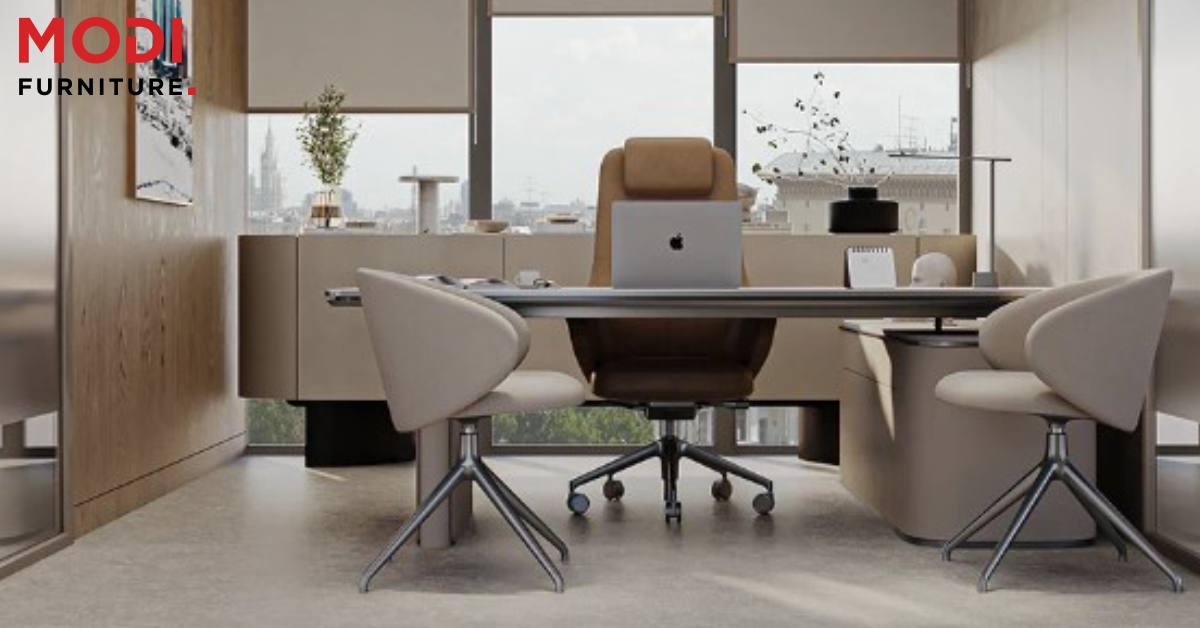
Working from home has become the new normal for many of us. And if you’re spending long hours in front of a computer, it’s important to set up a workstation that promotes comfort and productivity. That’s where a computer table can make all the difference. In this article, let’s share seven essential tips to help you create the perfect work station using a computer table. From finding the right size and height to setting up your equipment and organizing cables, these tips will ensure that you have a functional and ergonomic workspace. Computer Table
Setting up a dedicated work station table at home is crucial for maintaining productivity and focus. Without a proper workspace, you may find yourself easily distracted or experiencing discomfort during long hours of work. That’s why investing in a computer table is a wise decision. A computer table provides you with a designated area for work, allowing you to create a separation between your personal and professional life. It also helps you stay organized by providing storage space for your equipment and supplies.
By having a well-designed work station, you can enhance your productivity and create a conducive environment for your tasks. To get started, consider the location of your workstation. Choose a quiet area in your home where you can concentrate without interruptions. This could be a spare room, a corner of your living room, or even a converted closet. Whatever space you choose, make sure it’s free from distractions and has enough natural light to keep you energized throughout the day.
When it comes to selecting a chair computer table for your home office, there are several factors to consider. First, measure the dimensions of your room to ensure that the table fits comfortably without obstructing walkways or other furniture. Next, consider the height of the table. The ideal height will depend on your own height and seating preferences. In terms of design, choose a computer table for work from home that suits your style and complements your home decor.
Creating an ergonomic workstation is essential for preventing strain and injury. By optimizing the position of your body and equipment, you can minimize the risk of musculoskeletal disorders and improve your overall well-being. Start by adjusting your chair to the correct height. Your feet should be flat on the floor, and your knees should be at a 90-degree angle.
If necessary, use a footrest to support your feet. Next, position your computer monitor at eye level. This will help reduce strain on your neck and prevent eye fatigue. If you’re using a laptop, consider using a separate monitor or a laptop stand to raise the screen to an appropriate height. Ensure that your keyboard and mouse are placed at a comfortable distance from your body.
Your elbows should be at a 90-degree angle, and your wrists should be in a neutral position. Consider using an ergonomic keyboard and mouse to reduce the risk of repetitive strain injuries. Lastly, don’t forget to take regular breaks and stretch your body. Sitting for long periods can lead to stiffness and discomfort. Set reminders to get up and move around every hour, and incorporate some simple stretches into your routine.
Proper lighting is essential for a productive work environment. It not only helps prevent eye strain but also contributes to your overall mood and well-being. When setting up your work area, consider the following tips for optimal lighting:
A cluttered and disorganized workstation can hinder your productivity and increase stress levels. Consider implementing the following organizing tips:
Creating a comfortable and distraction-free work environment is essential for maintaining focus and productivity. Here are some tips to help you achieve this:
Your home office should reflect your personality and style. By incorporating personal touches into your design, you can create a space that feels inspiring and motivating. Here are some ideas to get you started:
To ensure that your computer table remains functional and organized, regular maintenance is essential. Here are some tips to help you keep your work station clean and clutter-free:
In addition to a computer table, several accessories can enhance your work station and improve your overall experience. Consider investing in the following accessories:
By incorporating these accessories into your work station, you can further optimize your productivity and comfort.
Setting up a well-designed work station table using a computer table is essential for maintaining comfort, productivity, and overall well-being. By following the seven tips outlined in this article, you can create a functional and ergonomic workspace that enhances your focus and minimizes discomfort. Remember to choose the right computer desk that suits your needs and preferences. Consider the size, height, and design to ensure optimal comfort. Pay attention to ergonomic considerations, such as seating position and equipment placement, to prevent strain and injury.
How to Choose the Perfect Office Desk for Maximum Comfort and Productivity
December 19th, 2025How to Choose Ergonomic Office Furniture: The Ultimate Guide
November 26th, 2025